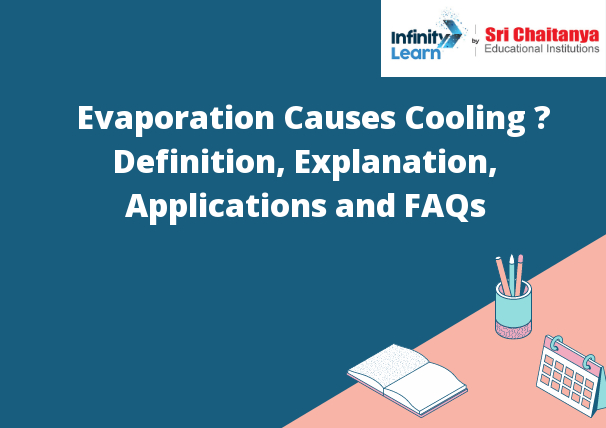Table of Contents
Find the Best Examples of Evaporation Described by the Experts
Evaporation is the process of a liquid turning into a gas. This can happen when the liquid is exposed to the air, or when it is heated. The liquid will start to turn into a gas at the surface, and then it will start to evaporate into the air.
Evaporation happens when the temperature of the liquid is higher than the temperature of the air. The liquid will start to turn into a gas at the surface, and then it will start to evaporate into the air.
Evaporation happens when the temperature of the liquid is higher than the temperature of the air. The liquid will start to turn into a gas at the surface, and then it will start to evaporate into the air.
Evaporation is the process of a liquid turning into a gas. This can happen when the liquid is exposed to the air, or when it is heated. The liquid will start to turn into a gas at the surface, and then it will start to evaporate into the air.

What is Evaporation?
Evaporation is the process where a liquid turns into a gas. The liquid will turn into a gas because it is losing heat. The heat is going into the air.
Factors Affecting Evaporation Rate
The rate of evaporation from a liquid surface is affected by several factors, including the temperature of the liquid, the atmospheric pressure, the surface area of the liquid, and the humidity of the air.
The temperature of the liquid affects the rate of evaporation because the faster the molecules in a liquid move, the faster they can escape from the surface of the liquid. The higher the temperature of the liquid, the faster the molecules move, and the faster the rate of evaporation.
The atmospheric pressure affects the rate of evaporation because it determines how much force the molecules in the air have pushing down on the liquid surface. The higher the atmospheric pressure, the more force the molecules in the air have pushing down on the liquid, and the faster the rate of evaporation.
The surface area of the liquid affects the rate of evaporation because the more surface area there is, the more molecules there are available to escape from the liquid. The smaller the surface area of the liquid, the slower the rate of evaporation.
The humidity of the air affects the rate of evaporation because it determines how much water vapor is present in the air. The higher the humidity of the air, the more water vapor is present, and the slower the rate of evaporation.
How Does Evaporation Cause Cooling?
The evaporation of a liquid into a gas causes a decrease in the temperature of the liquid. The energy required to evaporate the liquid comes from the liquid itself and from its surroundings. The liquid absorbs heat from its surroundings, and this heat is used to break the bonds between the molecules in the liquid.
Applications of Evaporation
The three main applications of evaporation are cooling, humidification, and dehumidification.
Evaporation is used for cooling when the evaporation of a liquid takes place in an area that is cooler than the liquid. The energy from the liquid is used to evaporate the liquid and this energy is removed from the surrounding area, which then becomes cooler. This is the process that happens when you sweat and the sweat evaporates from your skin. This is also the process that happens when you use a refrigerator or air conditioner.
Evaporation is also used for humidification. Humidification is the process of adding moisture to the air. This is done in order to increase the comfort level in a space and to help prevent respiratory problems. Evaporation is the most common way to add moisture to the air and it is often used in indoor spaces such as homes, schools, and offices.
Evaporation is also used for dehumidification. Dehumidification is the process of removing moisture from the air. This is done in order to decrease the humidity level in a space and to prevent respiratory problems. Evaporation is the most common way to remove moisture from the air and it is often used in indoor spaces such as homes, schools, and offices.
What is Condensation?
Condensation is the process of water vapor in the air turning into liquid water droplets. This can happen when the air temperature is higher than the dew point temperature of the air.





